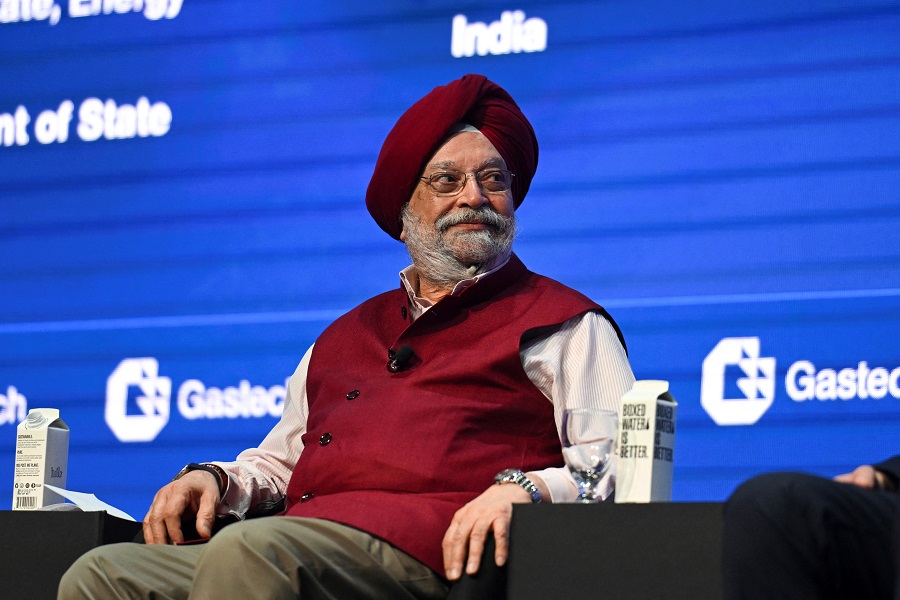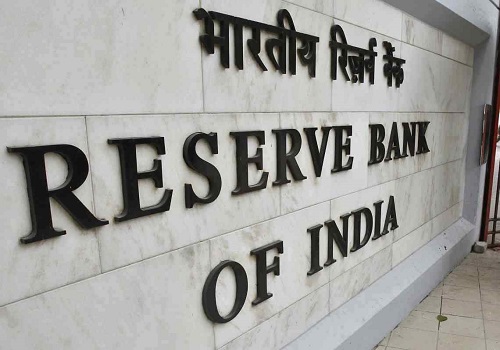India approves assured pension scheme for federal government employees

The Indian government approved on Saturday a pension scheme which will guarantee federal government employees 50% of their base salary as a pension, moving away from a current scheme where the payout is linked to market returns.
The Modi government has been forced to reassess the current pension system, adopted after a significant fiscal reform in 2004, as some states switched back to the older, fiscally straining system of fully funding a guaranteed pension.
The Unified Pension Scheme (UPS) for India's over two million federal government employees is set to be implemented from April 1, 2025, said Ashwini Vaishnaw, a cabinet minister.
He said it will ensure 50% of the base salary drawn during the last 12 months before retirement as a pension for government employees who complete a minimum of 25 years of service.
The current National Pension Scheme requires employees to contribute 10% of their base salary and the government 14%. The eventual payout depends on the market returns on that corpus, which is mostly invested in federal debt.
Trade unions and opposition parties have been advocating for a guaranteed minimum pension for government employees, and it was a major political issue in the recent general elections.
The financial implication of the UPS on the government exchequer is expected to be about 62.5 billion rupees ($745 million) in the fiscal year 2024-25, with the annual cost varying each year depending on the number of retiring employees, the minister said.
























